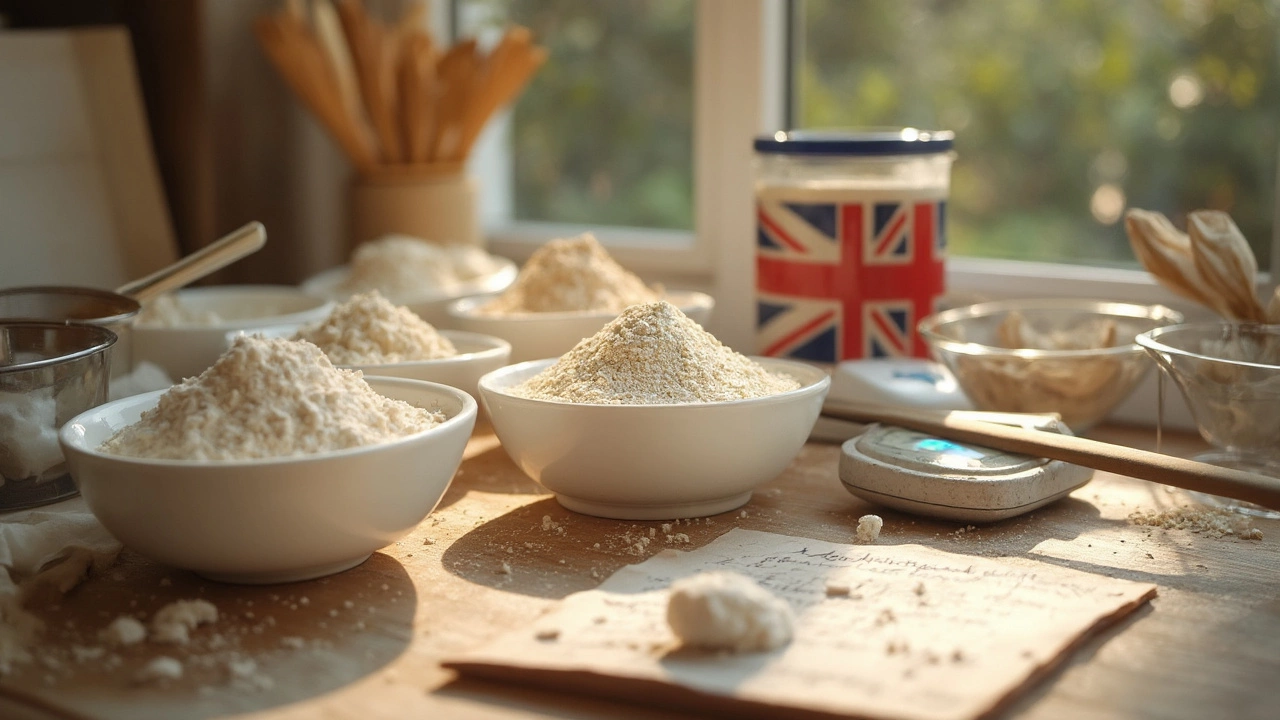
Ever had those cracked or lumpy macarons and wanted to scream? Nine times out of ten, it's the flour tripping you up. Macarons have a way of exposing every tiny mistake, and nothing matters more than picking the right flour from the start.
Here’s the deal: classic macarons are all about almond flour. Not just any almond flour—blanched, finely ground stuff, with skins removed and zero lumps. This gives you smooth shells that rise right, not gritty or odd. Grab a handful and rub it with your fingers; it should feel like baby powder, not sawdust.
- Why the Right Flour Matters
- Almond Flour: The Gold Standard
- Can You Swap Flours? Risks and Realities
- Must-Know Tips for Flour Prep
Why the Right Flour Matters
If you want to get those famous smooth, chewy macaron shells, the type and texture of flour decide whether you nail it or totally flop. A lot of new bakers try to cut corners by switching out the almond flour or using the wrong grind. That’s when you end up with macarons that look like weird puffs or, worse, just stick to the baking mat like superglue.
The shell of a macaron needs to be light and have a slightly crispy bite, while the inside should stay a bit chewy. The only way to get there is with super fine, blanched almond flour. You don’t want any chunks, skins, or uneven bits, because even a little bit can ruin the texture instantly. This is one reason why some folks sift their flour twice or even three times—overkill for cookies, but totally normal here.
Curious about why almond flour works so well? Almonds have a mild taste and a fat content that keeps macarons from drying out. Wheat flours or other nut flours don’t play nice—you either lose the classic flavor or get flat, cracked shells. Most top pastry chefs don’t even mess with substitutions for this reason.
Just have a look at how flour choice impacts your final result:
| Flour Type | Texture | Shell Appearance | Flavor |
|---|---|---|---|
| Super Fine Almond | Smooth, chewy inside | Glossy, no bumps | Classic macaron |
| Coarse Almond | Chunky, uneven | Bumpy, cracked | Nuttier, but rough |
| Wheat Flour | Dry, dense | Flat, often split | Bland or off |
| Other Nut Flours | Varies | Unpredictable | Not classic |
So, if your goal is spot-on macaron flour that rises right and melts in your mouth, grab the blanched, super-fine almond flour. No shortcuts—this one choice makes all the difference.
Almond Flour: The Gold Standard
If you ask any baker obsessed with macaron flour, they’ll give you one answer: almond flour is the tried-and-true choice. It’s not just about tradition—almond flour has the exact balance of oil, protein, and texture that macarons need. Go to any French bakery and peek behind the scenes, you’ll never catch them using anything else.
Pre-ground, blanched almond flour is what gives macarons their signature, slightly chewy bite with a smooth, shiny shell. The blanching (removing almond skins) keeps the color clean and the surface flawless. The best almond flour should look almost snowy and feel fine between your fingers—no big crumbs or gritty bits sneaking in. If you really want professional results, sift your almond flour before mixing so you catch those sneaky lumps.
Here’s a quick comparison so you can tell if your almond flour is up to scratch:
| Quality | Texture | Color |
|---|---|---|
| Finest | Soft and powdery | Pale, almost white |
| Standard | Small bits or some grit | Off-white |
| Poor | Coarse, lumpy | Tan or speckled |
One common mistake? Using almond meal or unblanched flour by accident. Don’t go there—almond meal still has skins and adds weird specks and a rough bite. Save it for homemade brownies or breakfast cookies, not delicate baking macarons.
According to Pierre Hermé, known as the “Picasso of Pastry,”
"Using blanched almond flour is not optional for the perfect macaron shell; it’s the foundation. Skins will throw off the texture and block the rise."
It’s not the cheapest flour on the shelf, but it really makes a difference. Once you try the right stuff, you’ll never want to go back. If you buy in bulk (especially from specialty food shops or online), you can save a ton versus tiny grocery store bags. Just store it in the freezer if you don’t use it fast—you don’t want those natural oils going rancid.
- Always double-check that your almond flour is labeled “blanched” and “super fine.”
- Sift it at least once (twice is even better) for super-smooth macaron shells.
- If your flour seems moist, spread it on a baking sheet and dry it out in the oven for ten minutes at low heat. Let it cool before using.
Bottom line—the right almond flour will instantly level up your macarons, taking you from bumpy and rustic to bakery-perfect. It’s the not-so-secret ingredient every serious baker trusts.

Can You Swap Flours? Risks and Realities
It’s tempting to reach for whatever flour you’ve got on hand, especially when almond flour is pricier or you run out. But when it comes to macaron flour, swapping isn’t as simple as it sounds. The classic French macaron depends on almond flour for its texture and flavor. Using the wrong flour turns those shiny, crisp shells into a chewy or flat mess.
Here’s what you need to know about the usual substitutes:
- Hazelnut flour: This is the only real swap that’s even kind of accepted, but your macarons will taste nuttier, a bit richer, and darker in color. Texture gets a little rougher, so sieve well.
- Coconut flour: Hard pass. It’s super absorbent and your batter turns stiff and dry. Shelves crack or collapse. Just don’t go there.
- All-purpose, rice, or oat flour: They won’t react the way almond flour does. You end up with cookie-like or bread-like results, not real macarons. Gluten totally changes the game. Not worth the heartache if you want the classic product.
If food allergies are at play and you have to go nut-free, be prepared for a totally different result. The structure comes from the unique fat and protein makeup of almonds. No nut-free flour has nailed the famous macaron texture, though some creative bakers try pumpkin seeds or sunflower seeds. Honestly? The shells just don’t act the same.
| Flour Type | Texture | Flavor | Will It Work? |
|---|---|---|---|
| Almond flour | Smooth, airy | Classic, subtle | Yes |
| Hazelnut flour | Rougher, drier | Nutty, bold | Maybe |
| Coconut flour | Grainy, dry | Strong, coconutty | No |
| All-purpose flour | Chewy, bread-like | Neutral | No |
If you’re thinking of experimenting, try a tiny batch first so you don’t waste pricey ingredients. Marketers might stick a gluten-free or healthy badge on other flours but, for macaron tips that actually work, almond flour is still the champion.
Must-Know Tips for Flour Prep
There’s no shortcut here—getting your macaron flour right is non-negotiable if you want smooth tops and crisp feet. Most home bakers forget that a little extra prep time pays off big. Here’s how to turn even basic almond flour into macaron magic.
- Sift Twice, Measure Once: Always run your almond flour through a fine-mesh sieve at least two times. Clumps lead to bumps. If you spot big bits left behind, toss them out or blitz them with some powdered sugar in a food processor until fine, then sift again.
- Don’t Skip the Food Processor: If your flour isn’t superfine, pulse it with your powdered sugar for about 10-15 seconds. This breaks down lumps and makes the mixture extra fine. Don’t overdo it, though, or you might end up with almond butter.
- Keep It Dry: Moisture is the enemy. Store almond flour in an airtight container. If it feels a little damp (it happens sometimes!), pop it in the oven at a low temp (around 200°F/90°C) for 10 minutes and then let it cool before using.
Curious how much difference prep makes? Check this out:
| Flour Prep Method | Average Smooth Shell Score* |
|---|---|
| Unprepared (No Sifting/Pulsing) | 3/10 |
| Only Sifted | 7/10 |
| Sifted and Food-Processed | 10/10 |
*Score based on home baking group test, April 2024, where 20 bakers compared visual smoothness and shell texture.
One last thing—never use flour substitutes like wheat or coconut for classic macarons unless you want a total experiment (and probably a flop). Stick with blanched almond flour and pamper it a little before baking. Your macarons will thank you.



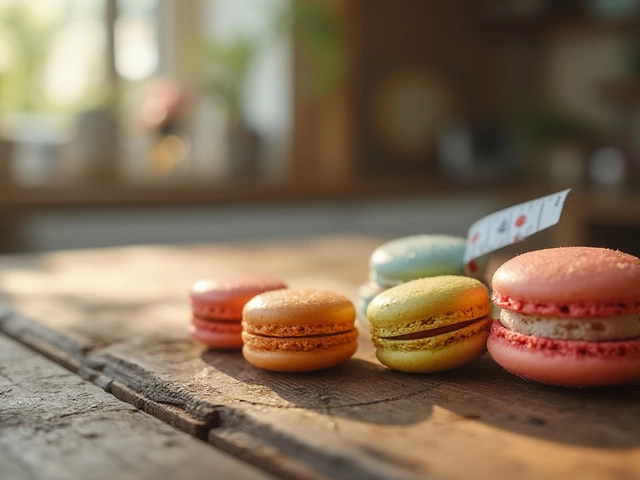
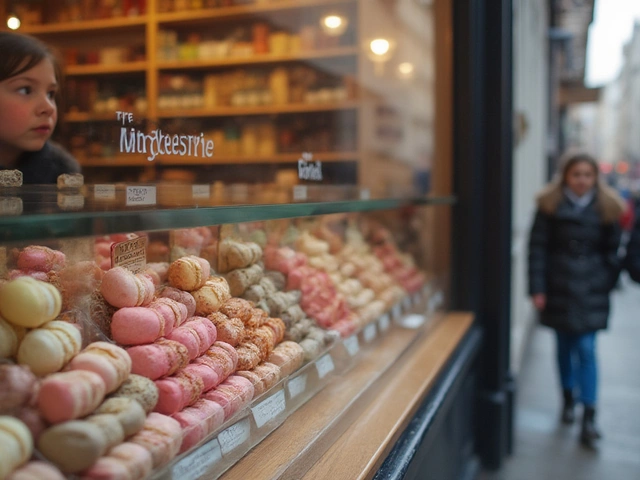
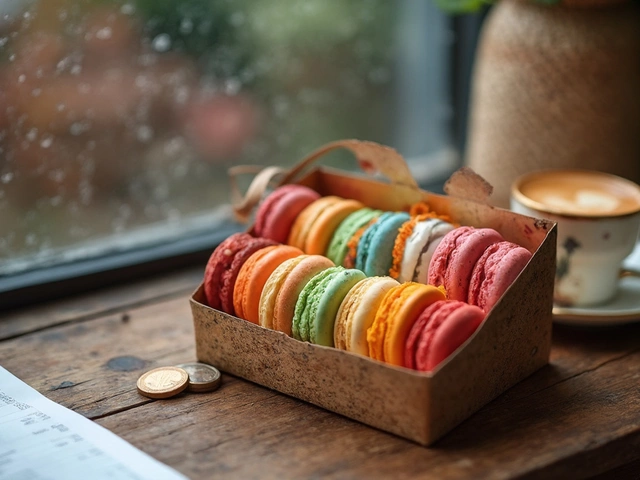
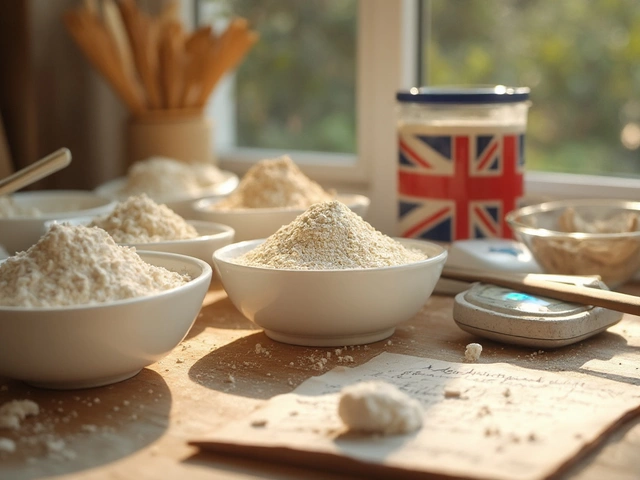




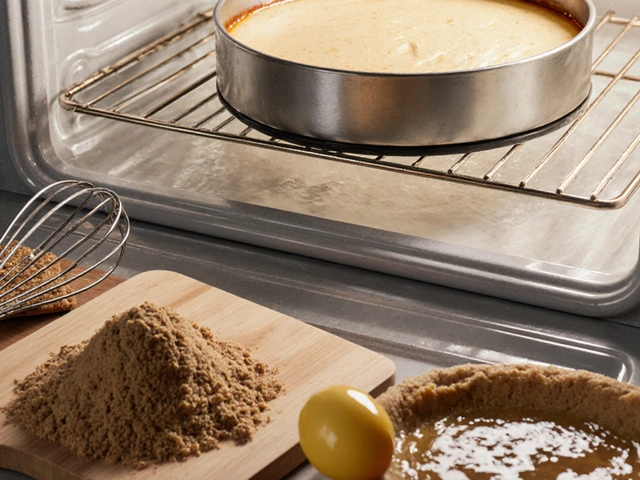
Write a comment